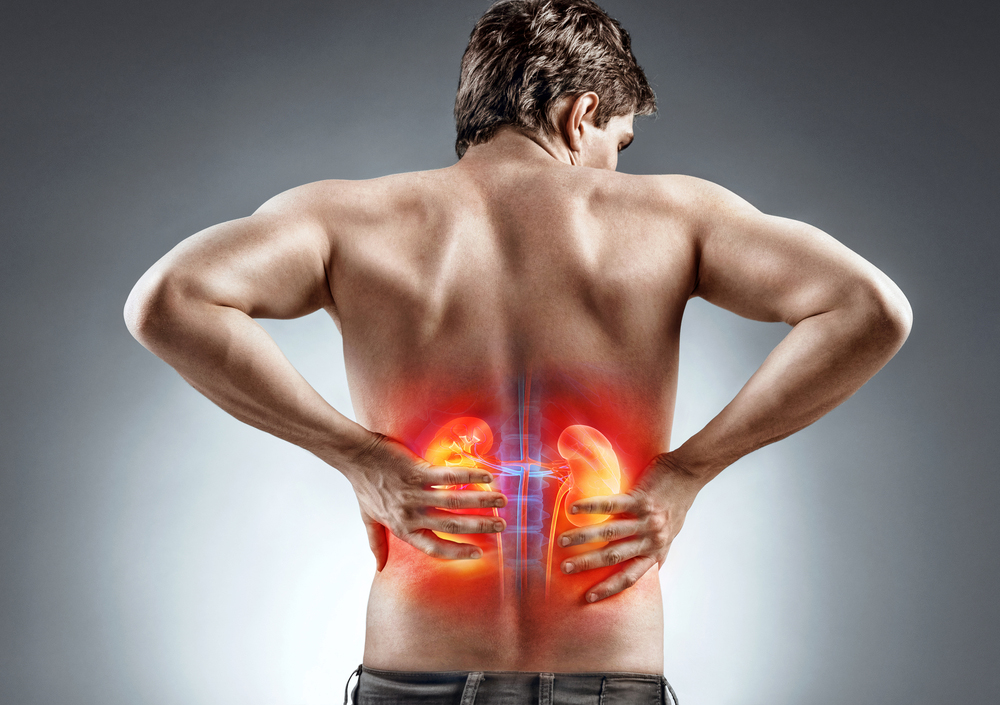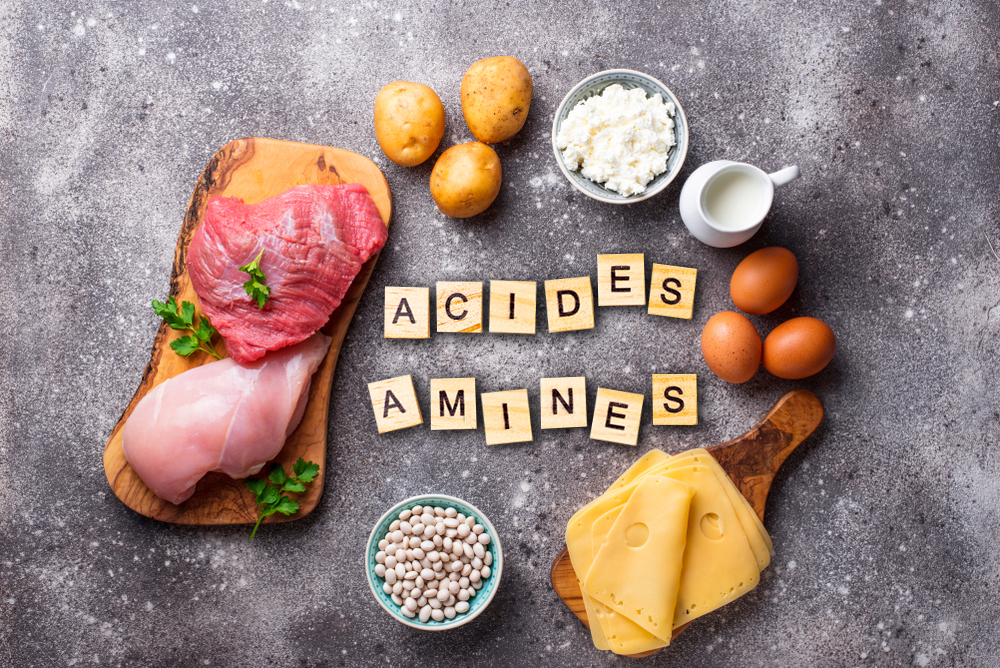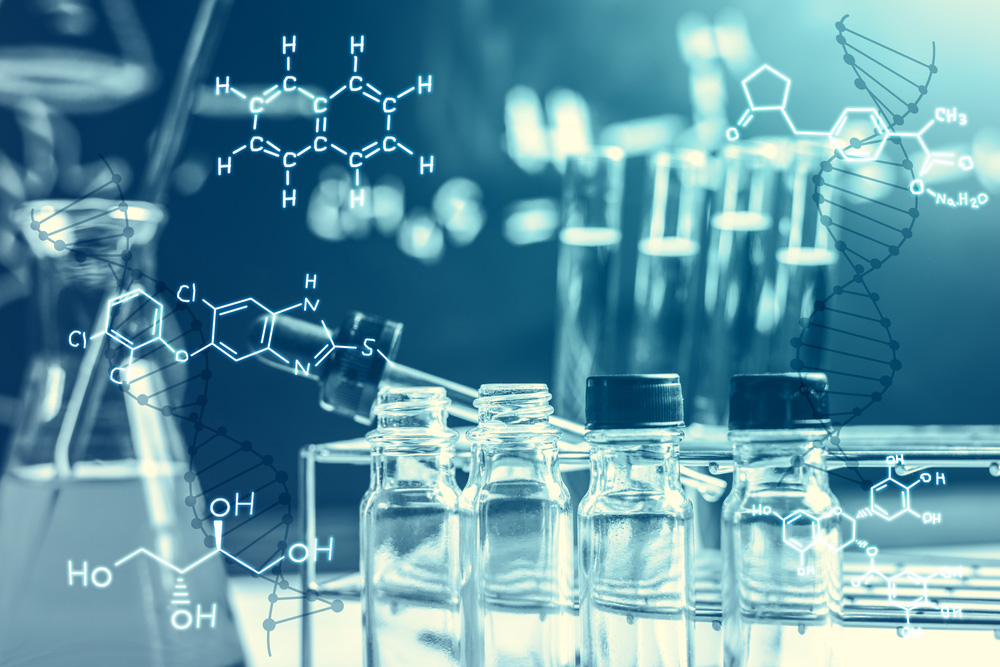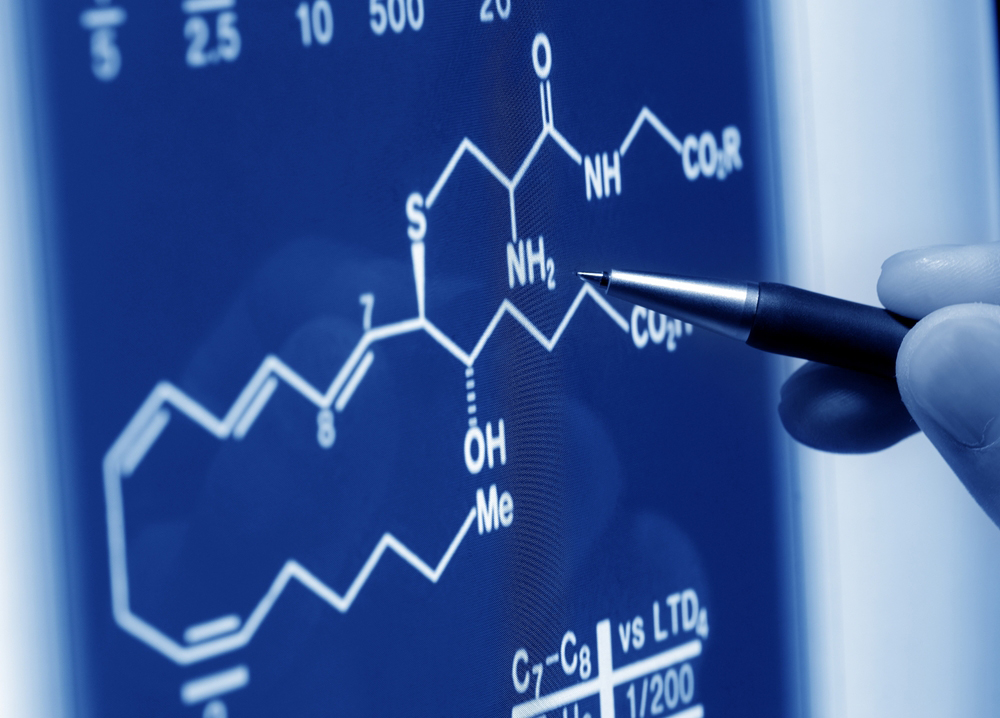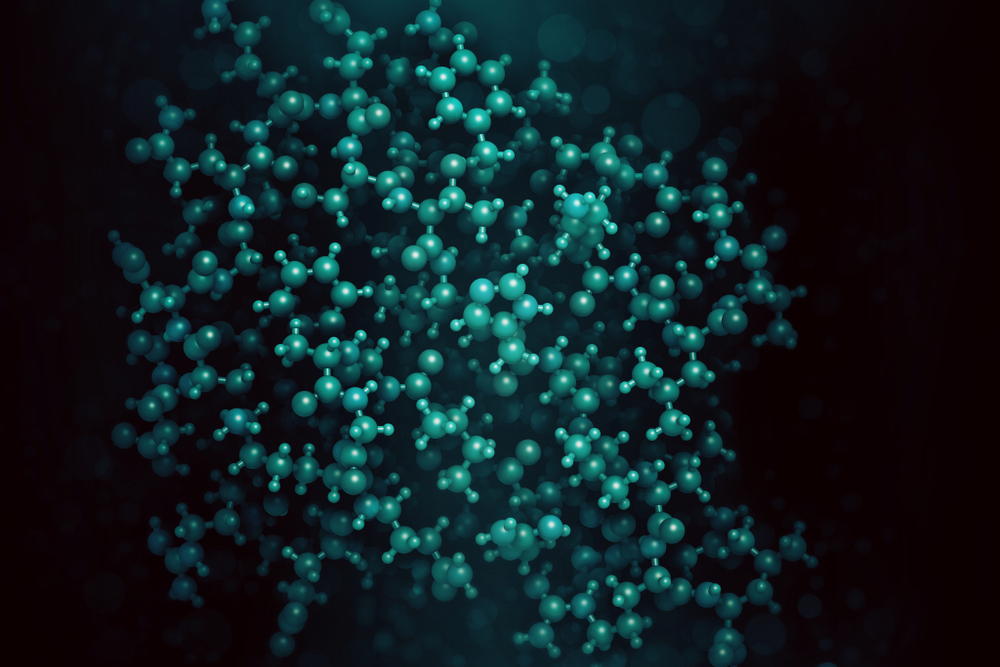Protein is essential to the body. It contributes to muscular health, but also to hair, nails, skin and the proper functioning of organs.
When practising a physical activity, particularly bodybuilding, it is necessary to have a sufficient and adapted supply of proteins in order to progress and recover properly after each session.
But what are proteins? What are the recommended nutritional intakes? And what about protein powder? Here is the state of play on this essential nutrient.
Protein
What are proteins?
Proteins are a precise sequence of amino acids. They can be produced by the body itself: these are the non-essential amino acids; or they must be provided by the diet: these are the essential amino acids (Valine, Leucine, Isoleucine, Phenylalanine, Tryptophan, Threonine, Methionine, Lysine) 1.
How are they synthesised?
Proteins are continuously synthesised and broken down in the body. It is therefore important to balance the synthesis/degradation balance in order not to lose muscle mass. To do this, it is necessary to provide the body with sufficient amino acids, particularly essential amino acids.
What is the role of proteins?
Proteins have 3 main roles:
- A structural role: Proteins play a role in the support and construction of organs, in particular by conferring elasticity properties on them, as collagen does. They also give cells their shape and structure 2.
- A functional role: Proteins are able to induce the synthesis of hormones and can play the role of enzymes, thus ensuring the proper functioning of the body. Certain amino acids that make up these proteins are also capable of inducing protein synthesis, particularly at muscle level, as can leucine 2.
- An energetic role: 1 gram of protein provides 4kcal. Proteins are not the main source of energy for the body (which favours the production of energy from carbohydrates and lipids), but they can be used when carbohydrate and lipid reserves are depleted, particularly during fasting and endurance sports 2.
What are the protein requirements?
The recommended nutritional intake for a sedentary adult is 0. 8g/kg of body weight. But these requirements can vary according to the type and level of physical activity. Indeed, an endurance athlete will need to consume more protein as it will be used as a source of energy during exercise (2g/kg body weight), whereas a strength athlete will need to consume 1. 6g/kg body weight of protein 2.
However, not all protein sources are equal. Sources with a high biological value, i. e. containing the quantities of essential amino acids corresponding to human needs, are to be preferred in order to promote protein synthesis.
Protein sources
They have a high biological value and are well assimilated.
White meat (chicken, turkey)
These are rich sources of protein, since they contain 21g of protein per 100g3. In addition, these meats have the advantage of being low in fat, with only 1. 5g of fat per 100g on average. However, this is only true if you do not eat the skin, which is rich in fat. Choose quality meat by buying organic or labelled meat, which has a higher quality and protein content.
Eggs
This is the protein source with the highest biological value, as eggs contain all the essential amino acids. Contrary to popular belief, eating egg yolk does not increase blood cholesterol 4. 4 Moreover, the yolk contains protein just like the egg white, so it can be eaten whole. However, organic or free-range eggs are best to get the full benefit of the egg.
Red meat
It is a good source of protein (20g of protein per 100g), one of the disadvantages of which is its fat content (15g of fat per 100g on average). However, it is also the only source of vitamin B12, which is important for coagulation, neuron protection and haemoglobin synthesis. It is therefore advisable to consume it, giving preference to cuts with 5% fat.
Fish
Fish, particularly white fish (cod, Alaskan pollack, etc. ) contains a high protein content (15g of protein per 100g) and a low fat content (1g per 100g). Oily fish (salmon, mackerel, sardines, etc. ) contain a higher fat content, but these are essential fatty acids. So make sure you vary your intake by alternating between oily fish and white fish 5.
Vegetables
Meat consumption is currently too high in Western countries, leading to ecological problems that should not be overlooked. In addition, there have been numerous scandals concerning the sanitary conditions under which animals are reared, slaughtered and meat is stored. As a result, vegetarian and vegan diets, which rely on plant proteins, are gaining ground.
Pulses
Also known as pulses, lentils, chickpeas, broad beans, kidney beans and white beans. . . . are a good source of protein, ranging from 9g per 100g for lentils to 19g per 100g for chickpeas. However, pulses do not contain all the essential amino acids. Indeed, pulses are often low in sulphur amino acids (methionine, cysteine). In addition, their high fibre content reduces the absorption of amino acids and therefore their assimilation. It is therefore interesting to combine them with cereals, which are rich in sulphur-containing amino acids, in order to increase the assimilation of amino acids and to provide the body with all the essential amino acids 2.
Soybeans
With a protein content of 36g per 100g, soya is the richest vegetable source of protein. It also contains all the essential amino acids 2. However, its high phyto-oestrogen content and the fact that it is often produced from GMO crops pose a problem. ANSES therefore advises limiting its consumption to 1 mg/kg body weight per day of isoflavones (phytoestrogen family)6.
What about protein powders then?
Protein powders are very high protein supplements (up to 90%) made from isolated food proteins. They can be of animal origin, the best known being "whey" (or whey protein in French), made from cow's milk. Or of vegetable origin, based on legumes, soya, rice or even hemp.
These food supplements have various advantages. They increase the daily protein intake, which closes the gap between the amount of protein consumed and the recommended nutritional intake.
Secondly, these products are often less expensive and more quickly assimilated than dietary proteins. Finally, a shaker is easy to carry everywhere, and accompanies the athlete on a daily basis to enable him to reach his objectives in terms of the quantity of proteins essential to his progress.
Of course, all these food supplements, whether of animal or vegetable origin, must be consumed as part of a balanced diet, i. e. accompanied by fruit and vegetables.
Our advice
For both animal and vegetable proteins, no source should be banned from a nutritional point of view. It is important to vary to ensure that the body receives all the amino acids it needs.
It also allows you to benefit from the many nutrients with which these proteins can be associated, such as essential fatty acids, fibre and vitamins and minerals.
Finally, diversifying protein intake sources helps to reduce the over-consumption of meat, which poses environmental problems. Before using food supplements, it is important to calculate your daily energy requirements in order to best estimate the protein intake corresponding to your needs.


